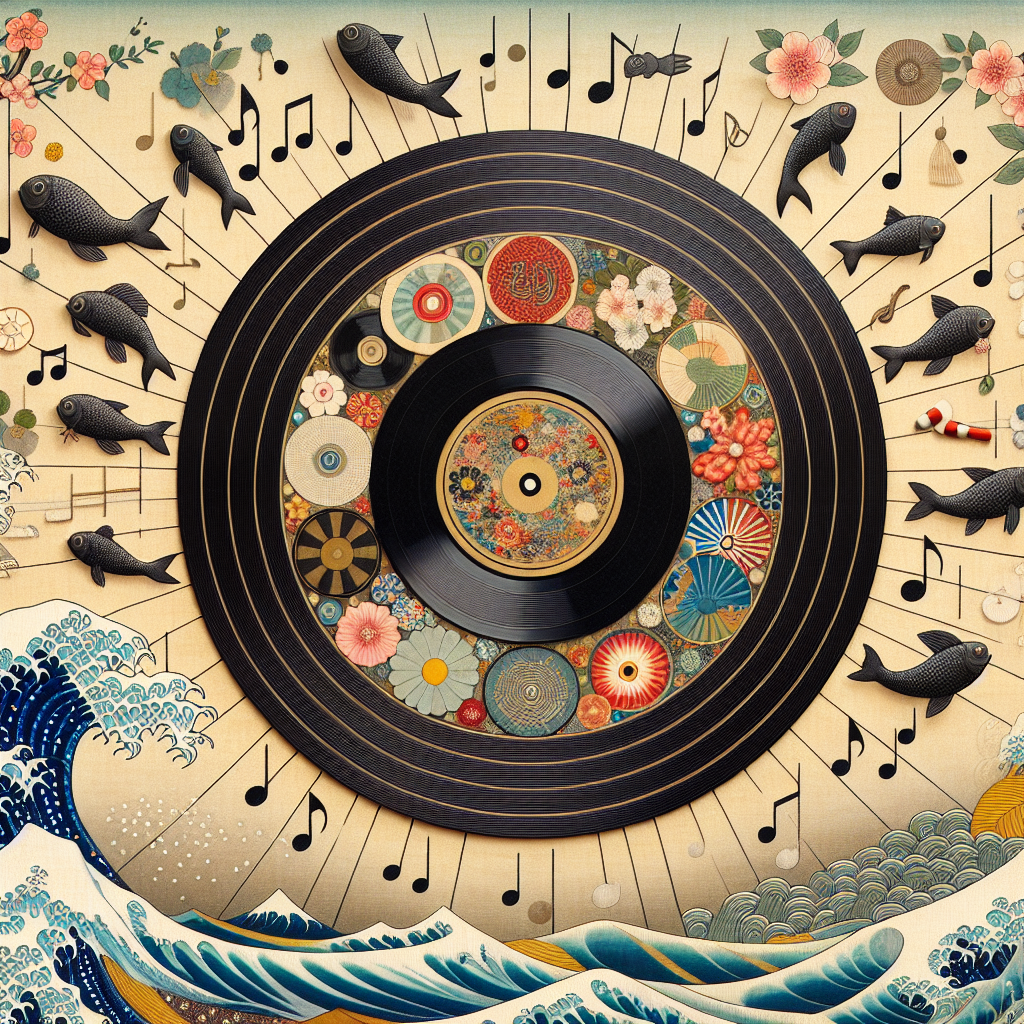The Sonic Charm of あは: A Spirited Dive into Japanese Music
Introduction
Japanese music, with its rich tapestry of history and modern innovation, is a world unto itself. One facet of it, often overlooked, is the playful and whimsical interjections that pepper various compositions. The interjection "あは" (pronounced "aha") is a quintessential example of such a delightful element. In this article, we will explore the multifaceted charm of "あは," its cultural significance, and its role in the broader landscape of Japanese music.
The Cultural Essence of あは
"Ah-ha" moments are not just a Western phenomenon. In Japan, "あは" encapsulates a spectrum of expressions ranging from surprise to mischievous delight. It is often found in traditional Japanese music, anime soundtracks, and even contemporary pop songs. This unique exclamation adds an unmistakable layer of emotion, bridging the gap between the listener and the performer.
Traditional Roots
Historically, Japanese music is deeply interconnected with various cultural practices and rituals. The use of "あは" can be traced back to traditional performances like Kagura, a form of Shinto theatrical dance. In these ancient narratives, "あは" served as both a narrative tool and a means to engage the audience. Its presence in these rituals was not merely ornamental but fundamental in conveying the storyline's nuances.
Modern Adaptations
As Japanese culture evolved, so did its music. The 20th and 21st centuries saw a blending of Western music styles with traditional Japanese sounds, resulting in genres like J-Pop and J-Rock. In these genres, "あは" maintains its playful essence, often popping up in light-hearted songs, adding layers of whimsy and relatability.
The Role in Anime and Pop Culture
Anime and manga have played a significant role in popularizing "あは" beyond traditional and classical music. In the world of anime, sound design is integral to character development and storytelling. The inclusion of "あは" in key scenes—whether it be a character's moment of realization or a comedic twist—enhances the emotional impact and audience engagement.
Case Studies from Popular Anime
For instance, in the globally beloved anime series "One Piece," characters often use "あは" during moments of surprise or when devising a clever plan. This seemingly simple exclamation injects a burst of personality, making characters more relatable and scenes more memorable.
In another iconic series, "Naruto," "あは" is utilized to convey a character's cheeky or mischievous side, subtly adding depth to their persona. Such nuanced use of "あは" demonstrates its versatility and enduring appeal across various narrative styles.
[https://www.youtube.com/watch?v=HAMKW1kbffM]
Beyond the Sound: The Emotional Impact
"Ah-ha" carries an emotional weight that transcends its simplicity. It is not just a sound but a cultural artifact that connects listeners to the broader spectrum of human emotions. Its use in both traditional and modern contexts highlights the continuum of human experience—from ancient rituals to contemporary entertainment.
Interactive Engagement
The use of "あは" fosters a sense of interactive engagement between the performer and the audience. In live performances, the audience often responds to "あは," creating a dynamic interplay that elevates the energy of the event. This interaction is not bound by language, proving that certain emotional expressions are universally understood.
Psychological Resonance
On a psychological level, "あは" triggers a sense of familiarity and comfort. Much like a well-timed joke or a beloved catchphrase, it resonates with listeners' memories and emotions, often evoking nostalgia or joy. This is particularly significant in anime, where the auditory component of storytelling is as crucial as the visual.
The Technical Aspects: Musical Integration
Integrating "あは" into music requires a keen understanding of timing, rhythm, and context. Musicians and sound designers employ various techniques to ensure that "あは" enhances rather than detracts from the overall composition.
Synchronization with Melody
One common technique is synchronizing "あは" with the melody's ebb and flow. This ensures that the interjection complements the musical theme rather than interrupting it. For instance, in a fast-paced J-Pop song, "あは" might be placed at the end of a verse to punctuate a lyrical point, adding a playful twist before the chorus kicks in.
Dynamic Range and Volume Control
Another key aspect is managing the dynamic range and volume of "あは." It should be audible enough to make an impact but not overpowering. Balancing these elements requires meticulous sound engineering to achieve the desired emotional effect.
Conclusion
The whimsical charm of "あは" in Japanese music is a testament to the rich cultural fabric from which it originates. Whether in traditional performances, contemporary J-Pop, or beloved anime series, "あは" serves as a bridge connecting past and present, performer and audience. It is a small yet mighty element that adds depth, emotion, and a touch of magic to the auditory experience.
For further exploration into the world of Japanese music and cultural expressions, you might find these resources helpful:
In conclusion, "あは" is more than just a sound—it's an integral piece of Japan's musical and cultural narrative, inviting listeners into a vibrant world of emotion and expression.
Matthew Bell | matthewrobertbell@gmail.com
Related News
- The Melodic Journey of Emotion: An Analysis of "C oh"
- Unraveling the Vibrancy of Japanese Cultural Performances
- The Sonic Revolution: Unpacking 11 Labs' Trailblazing AI Music Model
- Unraveling the Sonic Marvels of 11 Labs: A Dive into AI-Generated Sound Effects
- Navigating the Symphony of AI: A Deep Dive Into the Future of Music Generation
